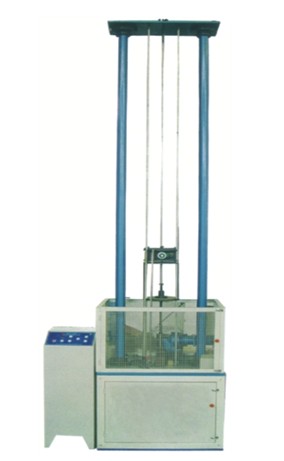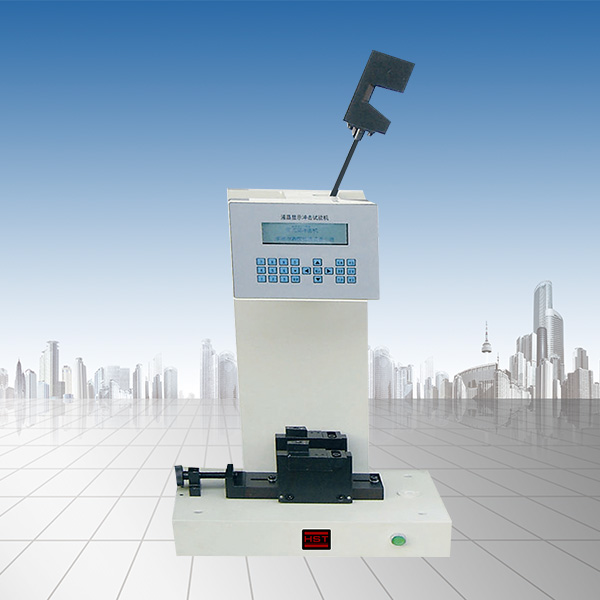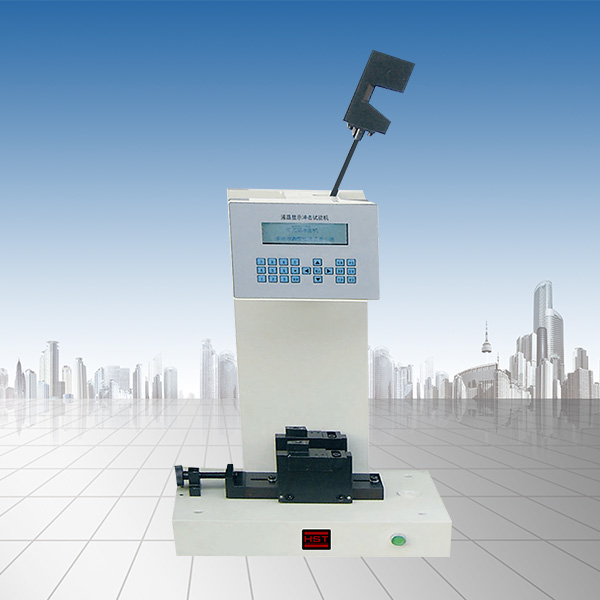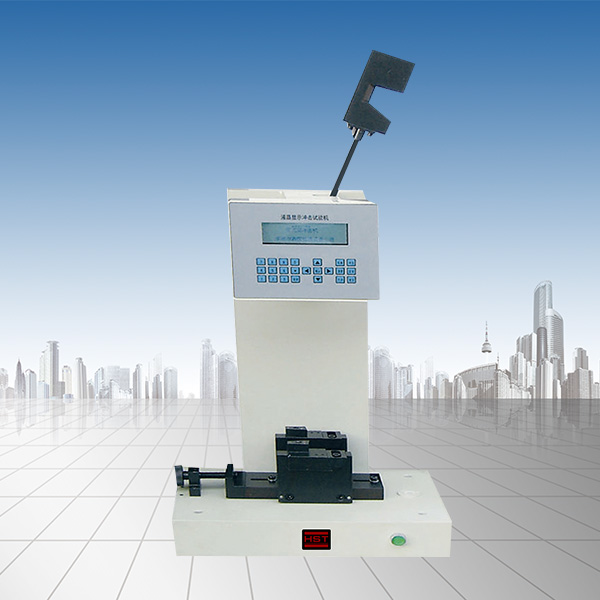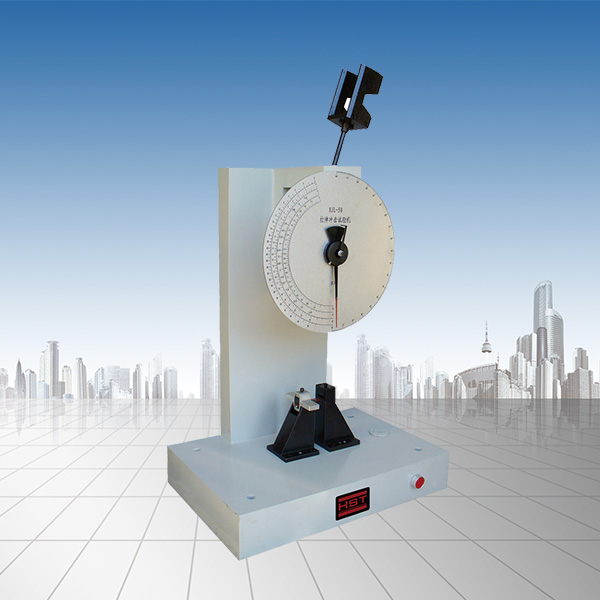Company News
Key points for geogrid construction
Release time:2018-11-23 source:Jinan Hengsi Shanda Instrument Co., Ltd. Browse:
1. Construction site: It is required to be compacted and flat, horizontal, and to remove spikes.
2. Grid laying: On a flat and compact site, the main force direction (longitudinal) of the installed grille should be perpendicular to the axis of the embankment. The laying should be flat, without wrinkles, and as tight as possible. Fixed with inserts and soil and rock pressure. The main force direction of the laying grill is that there is no joint. The connection between the web can be manually tied and overlapped, and the overlap width is not less than 10cm. If the grille is set at more than two layers, the layers should be staggered. After laying a large area, the flatness should be adjusted as a whole. After filling a layer of soil, before rolling, the grille should be tightened manually or with equipment again, and the force should be uniform so that the grille is tight and stressed in the soil.
3. Selection of fillers: The fillers should be selected according to the design requirements. Practice has proved that except for frozen soil, swamp soil, domestic waste, chalk soil, and diatomaceous earth, they can all be used as fillers. However, gravel and sandy soil have stable mechanical properties and are very little affected by the moisture content, so it is preferred. The filler particle size shall not be greater than 15cm, and attention shall be paid to controlling the filler grading to ensure the compaction weight.
4. Paving and compacting of filler: After the grille is laid, soil should be filled in time, and the exposure time should not exceed 48 hours. You can also use the water operation method of backfilling while laying. First spread the filler at both ends, fix the grille, and then push it towards the middle. The order of rolling is to first and then the middle. During rolling, the pressing wheel cannot directly contact the rib material. Uncompacted reinforced bodies generally do not allow vehicles to drive on it to avoid misalignment of the rib material. The layered compaction degree is 20-30cm. The compaction degree must meet the design requirements, which is also the key to the success or failure of reinforced geotechnical engineering.
5. Waterproof and drainage measures: In reinforced earthwork, drainage treatment must be done inside and outside the wall; foot protection should be done to prevent flushing; filtration and drainage measures should be set up in the soil, and if necessary, geotextiles and permeable pipes (or blind ditches) should be set up. Drainage by means of drainage and cannot be blocked, otherwise hidden dangers will arise.
- Previous article:Tips for purchasing tensile testing machine
- Next article:Precautions for using the test machine
Recommended productsPRODUCTS


















